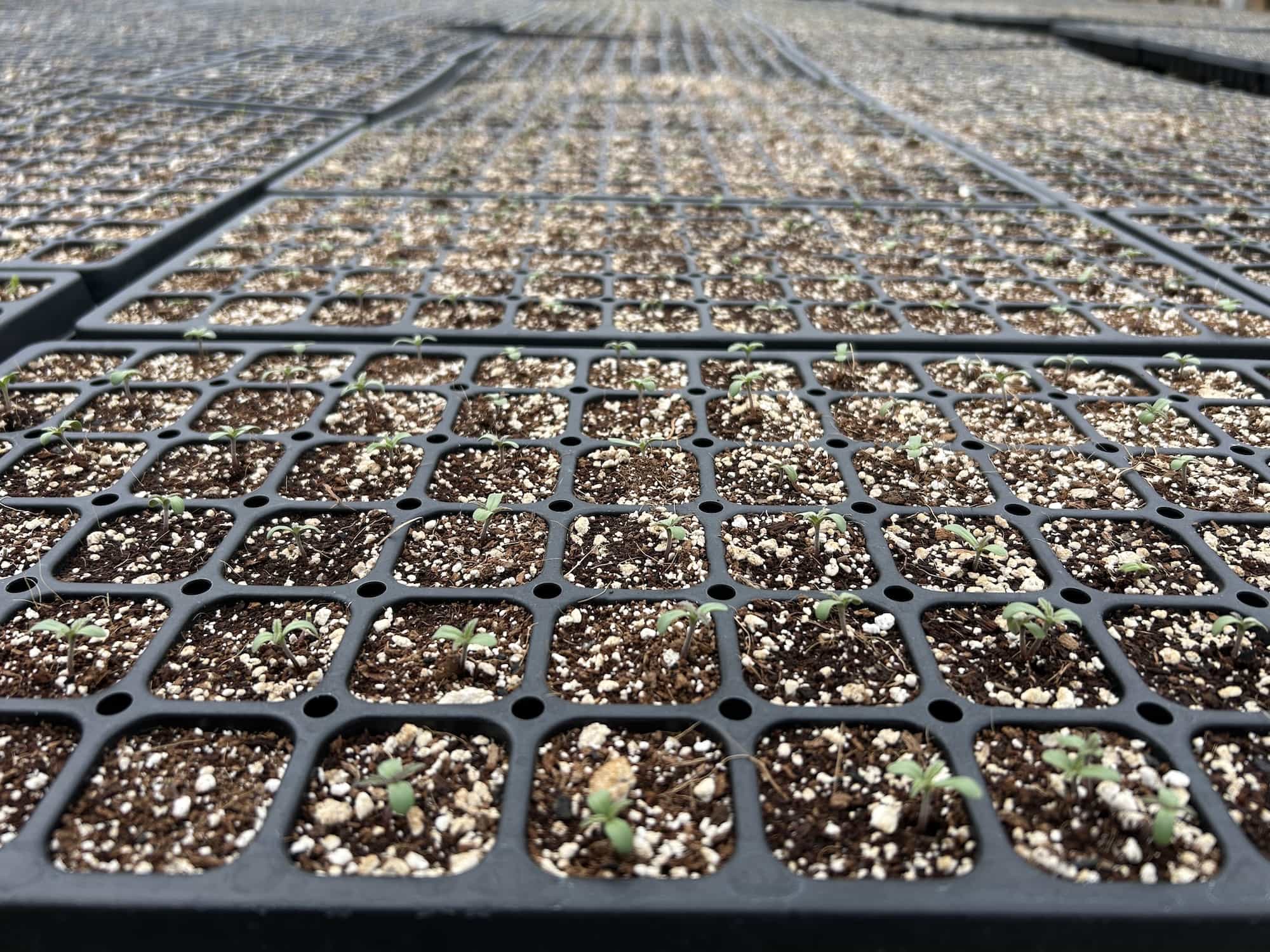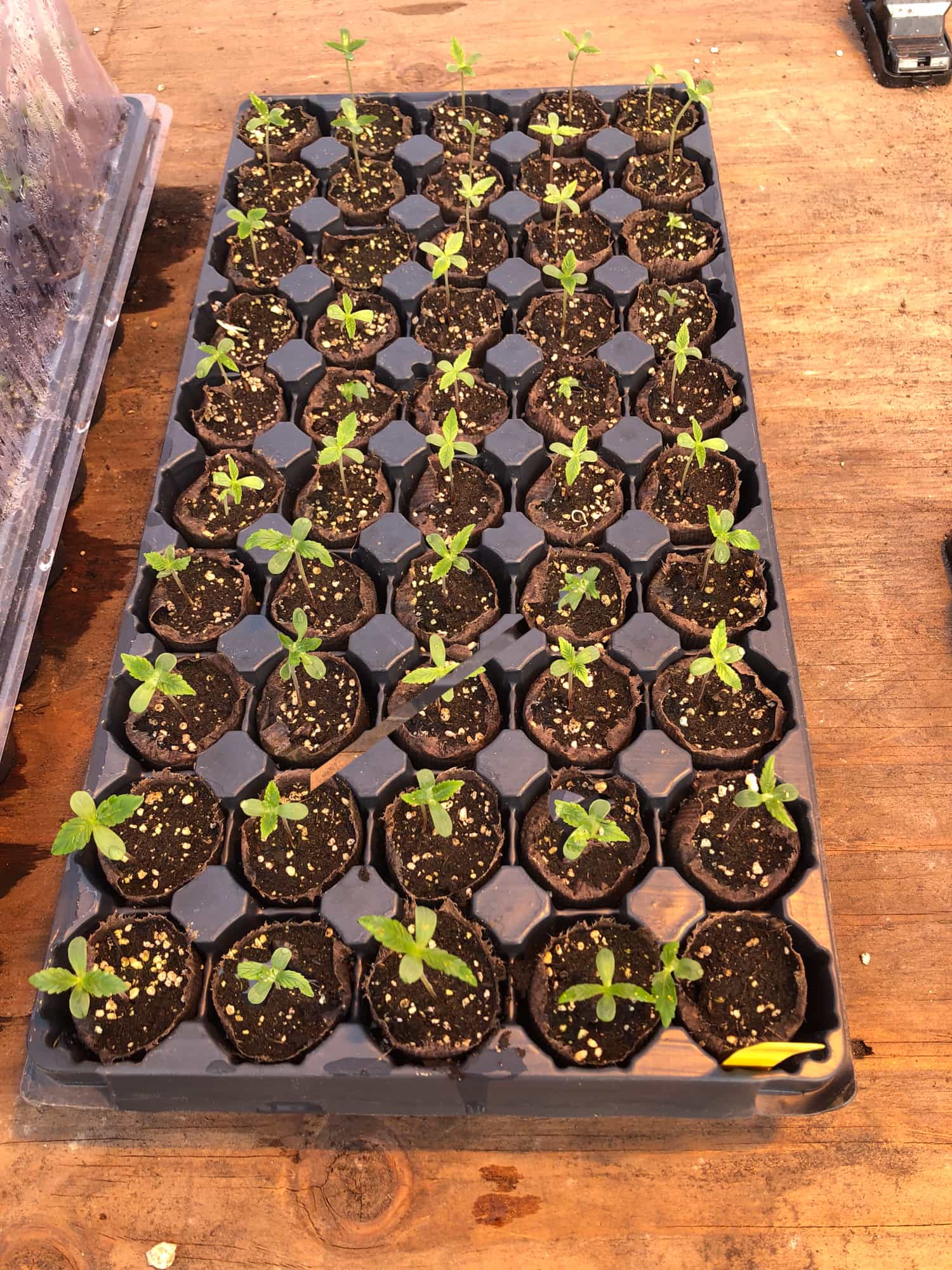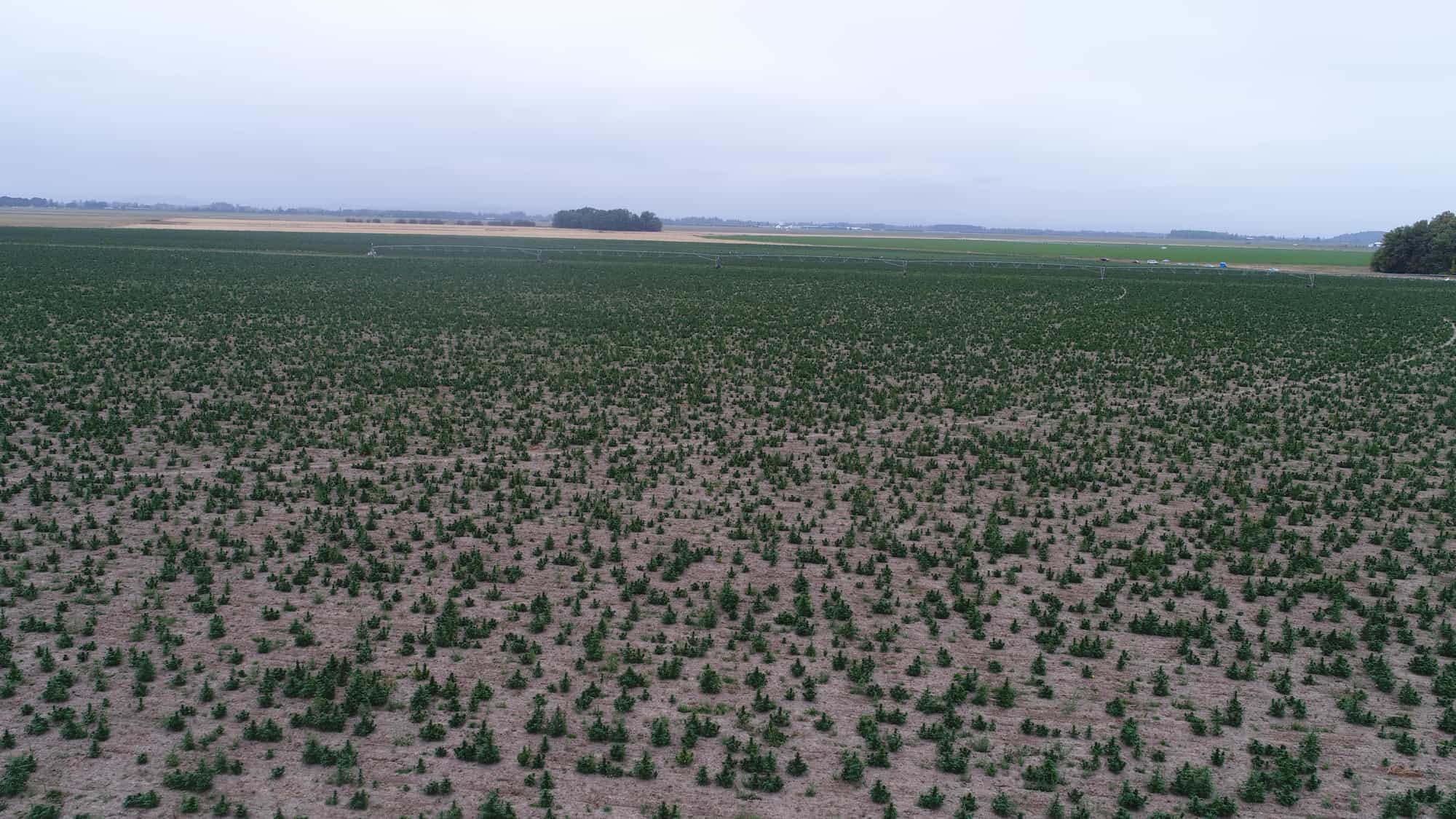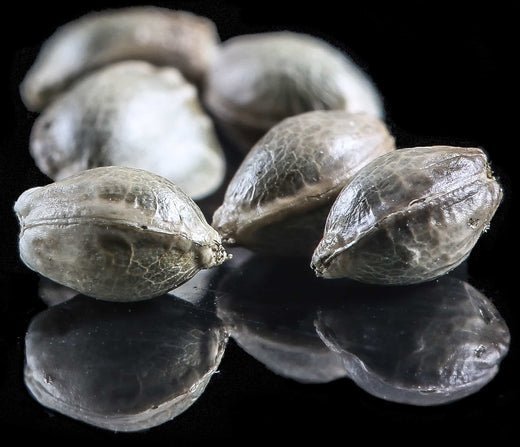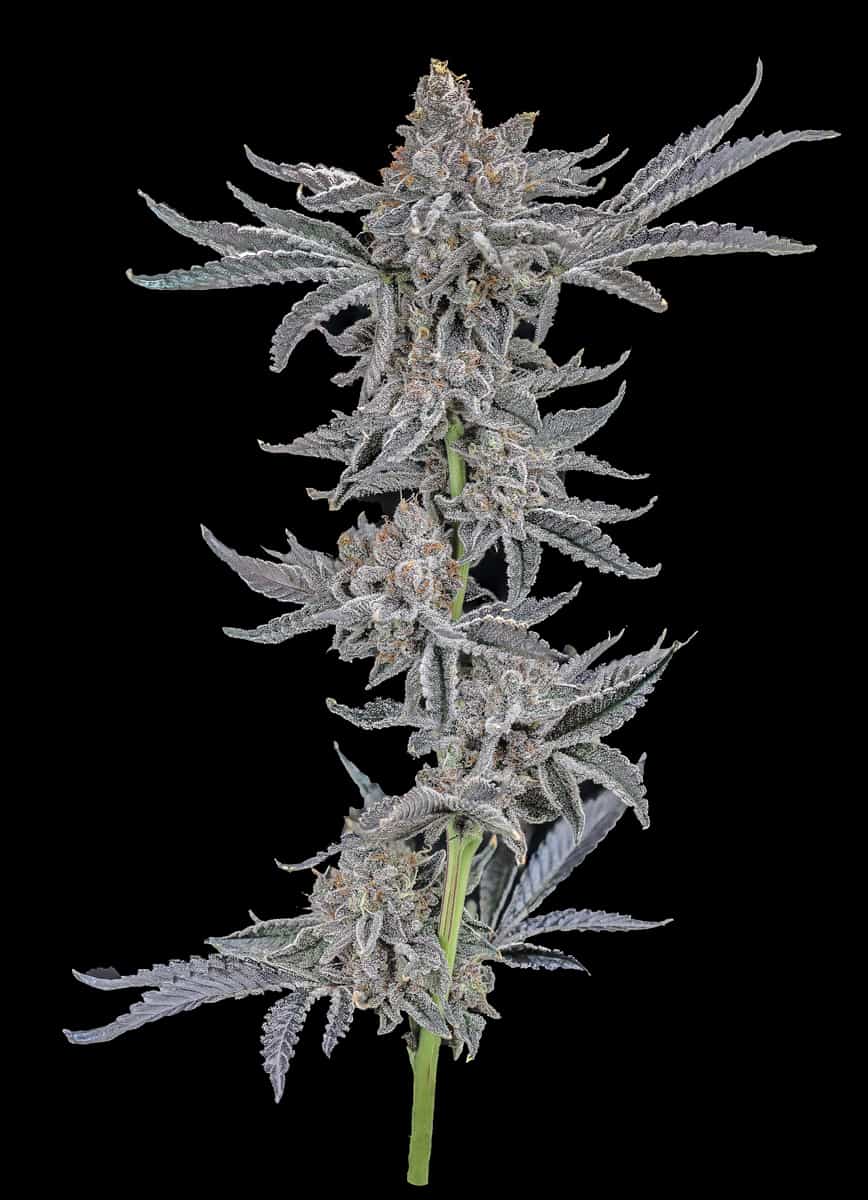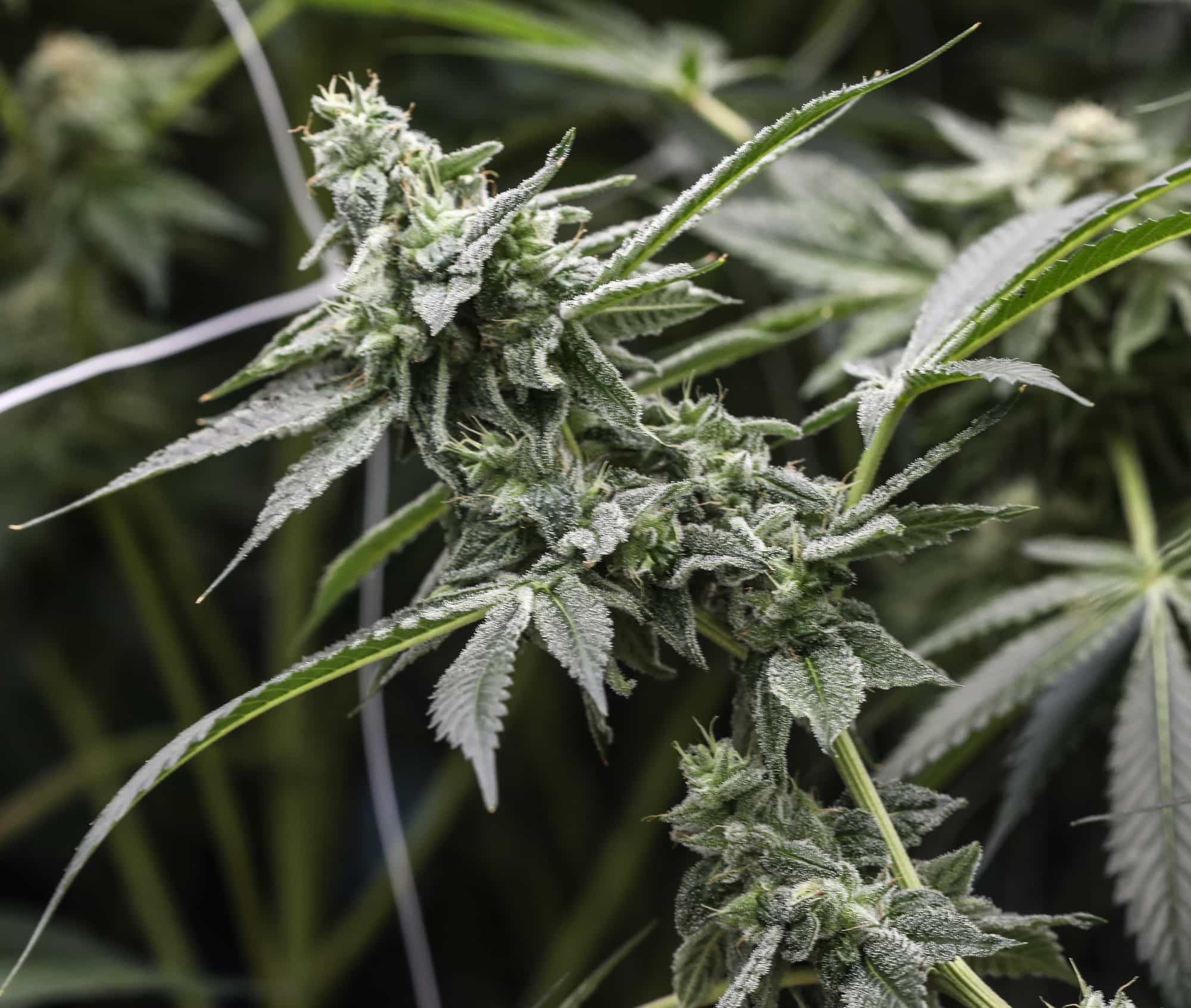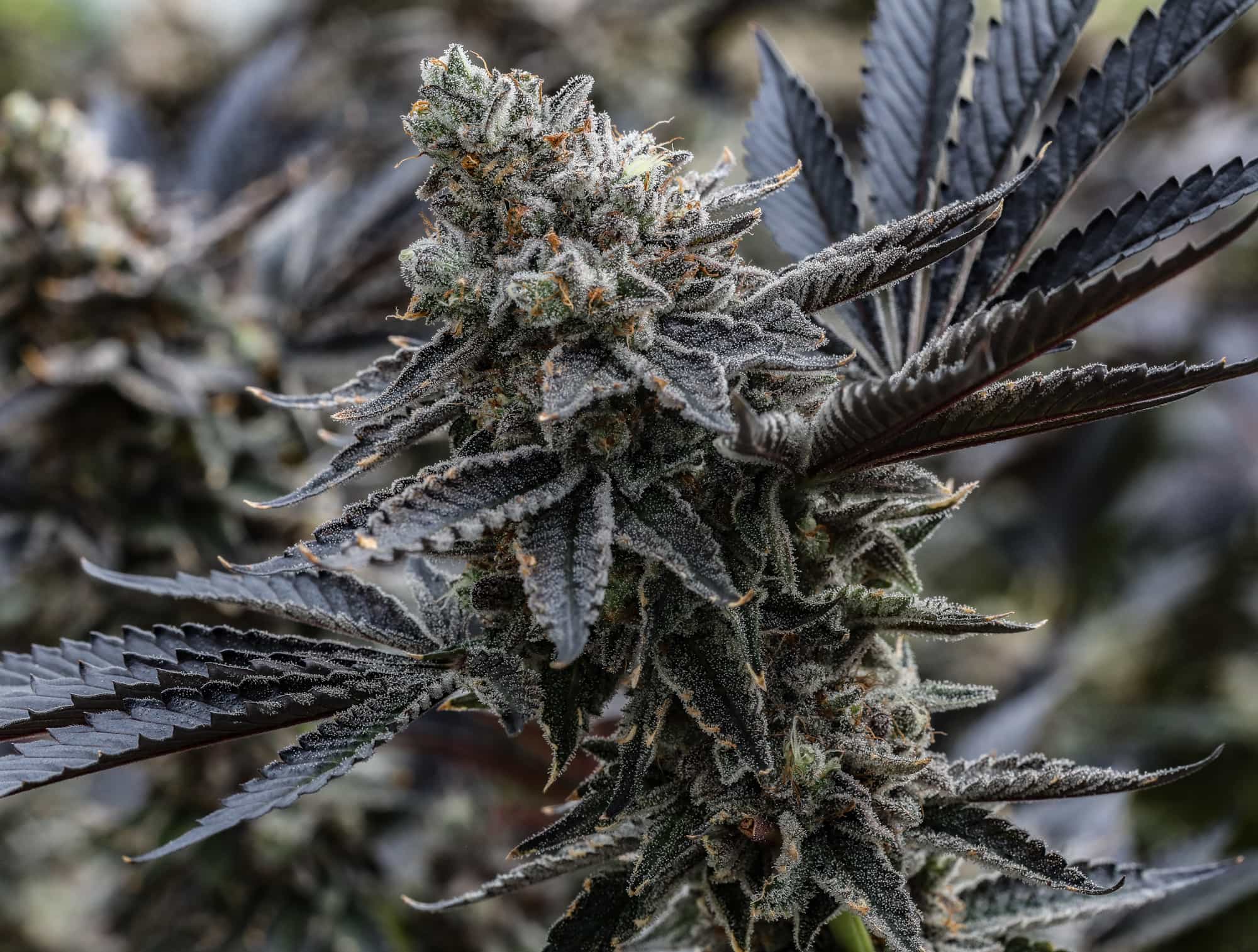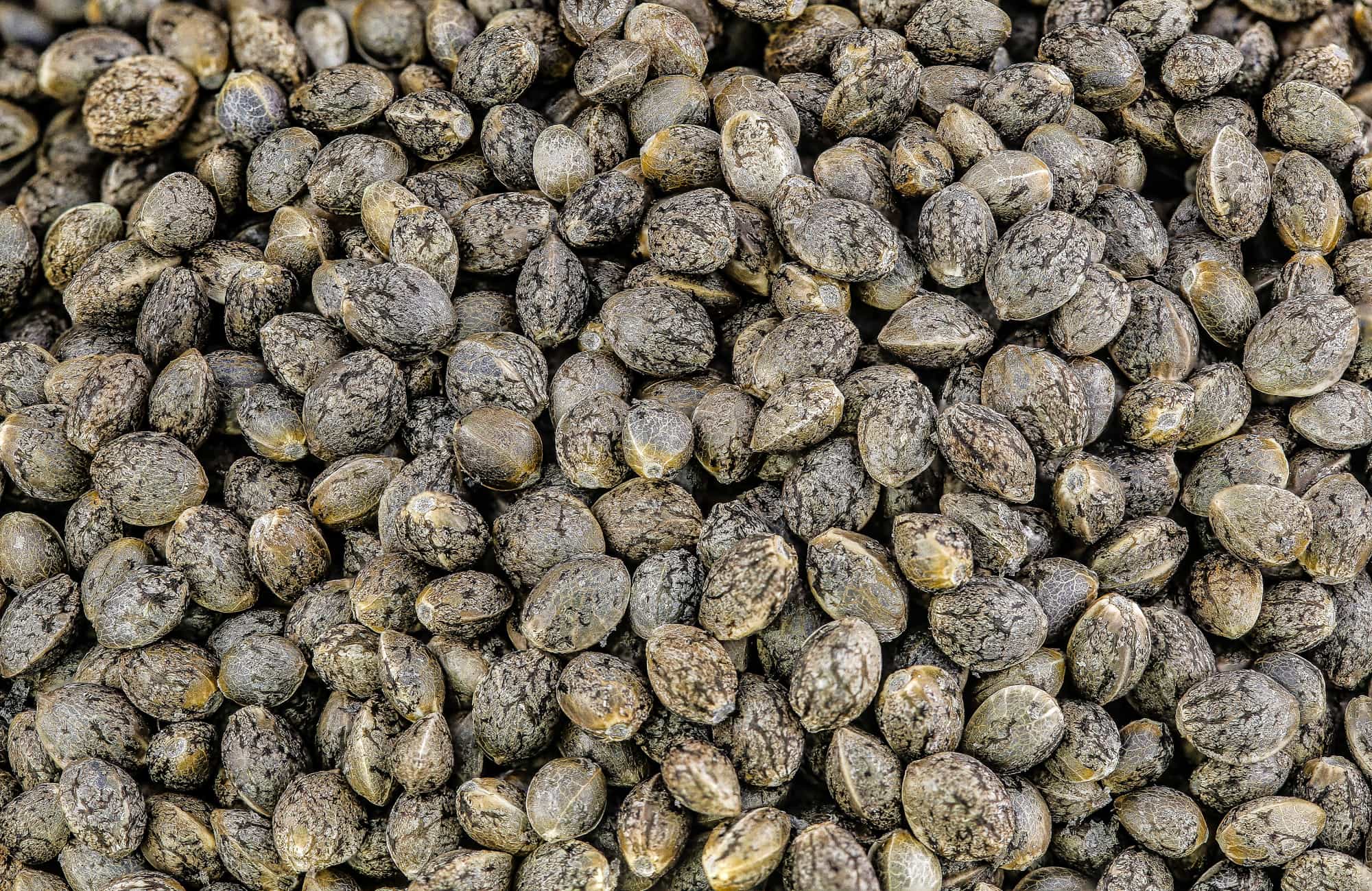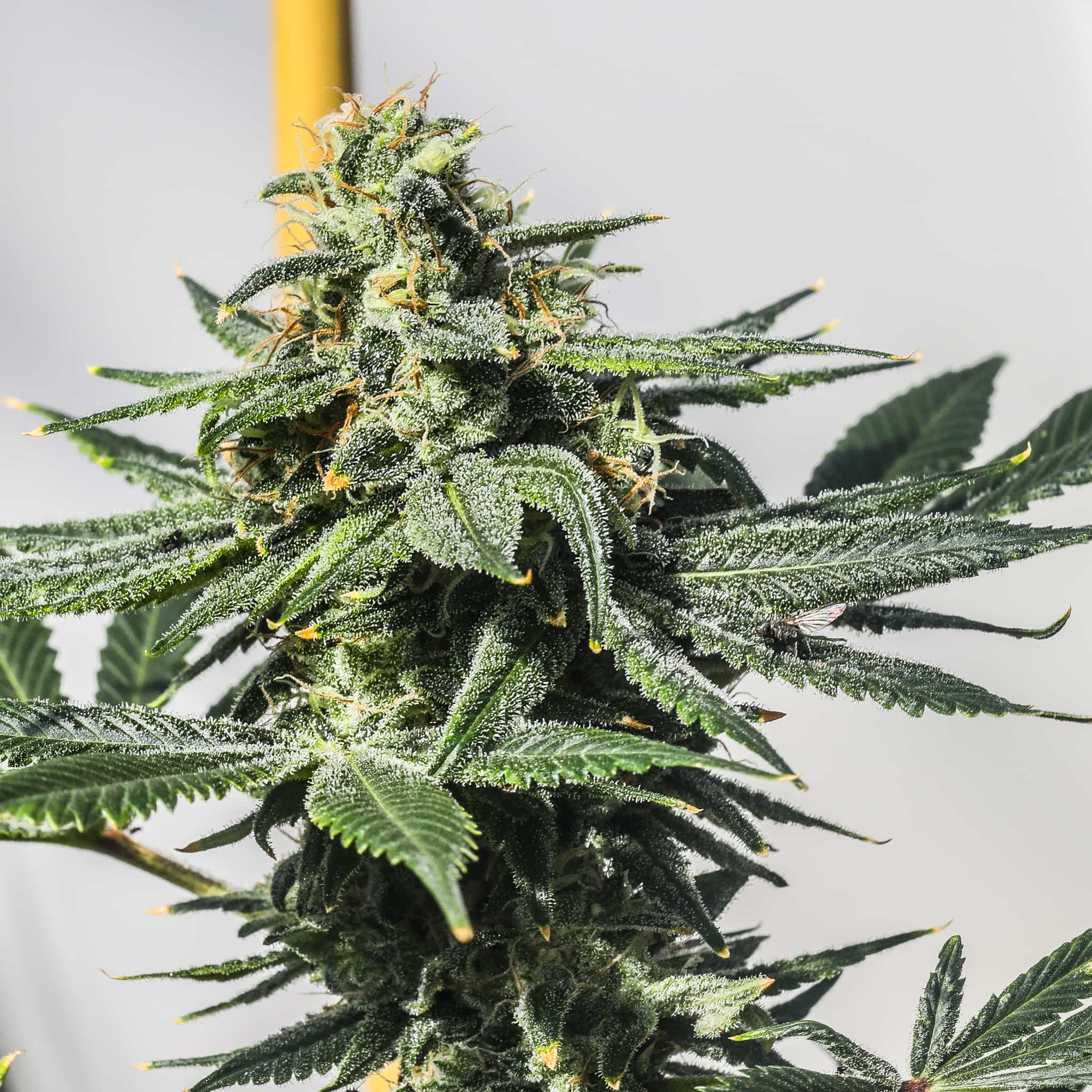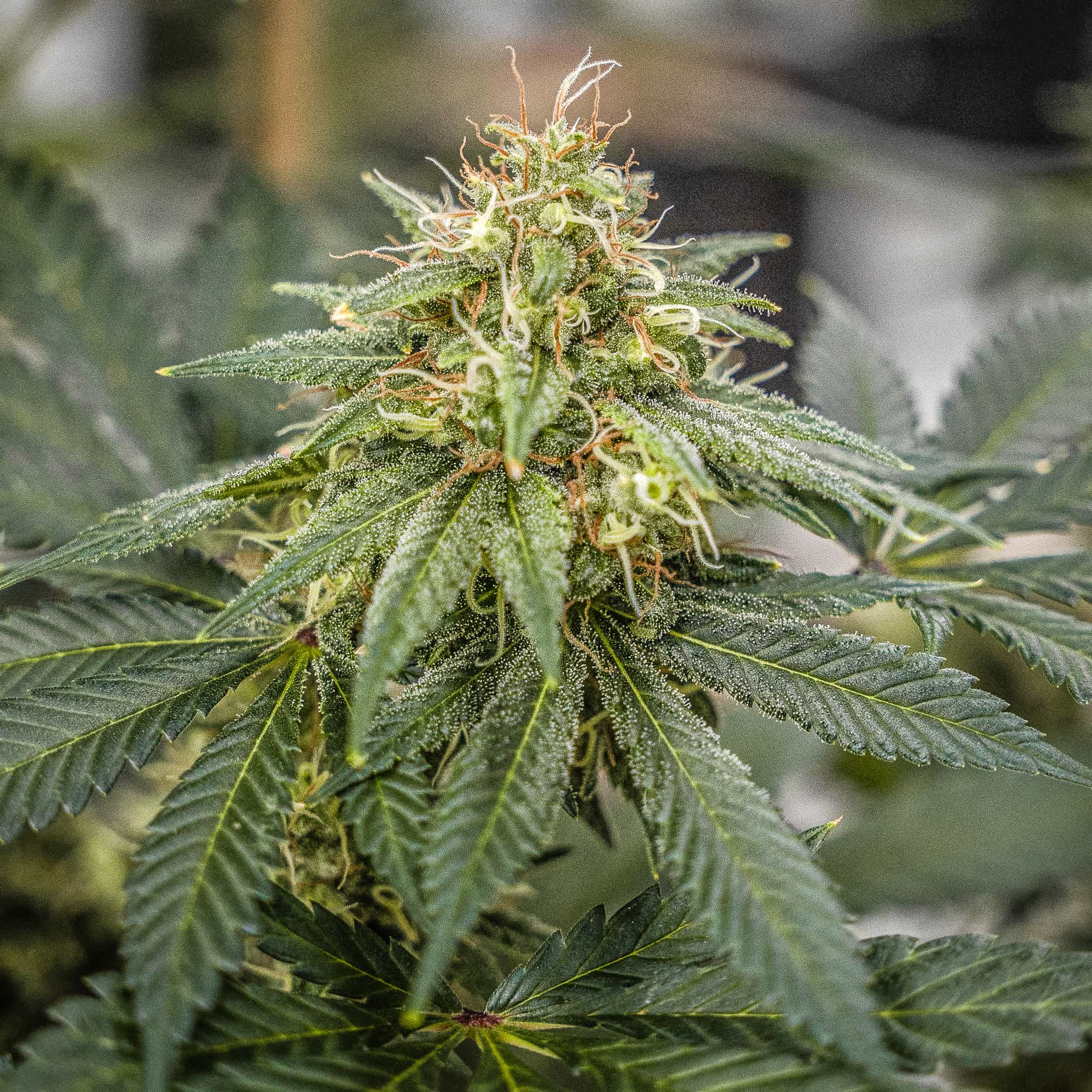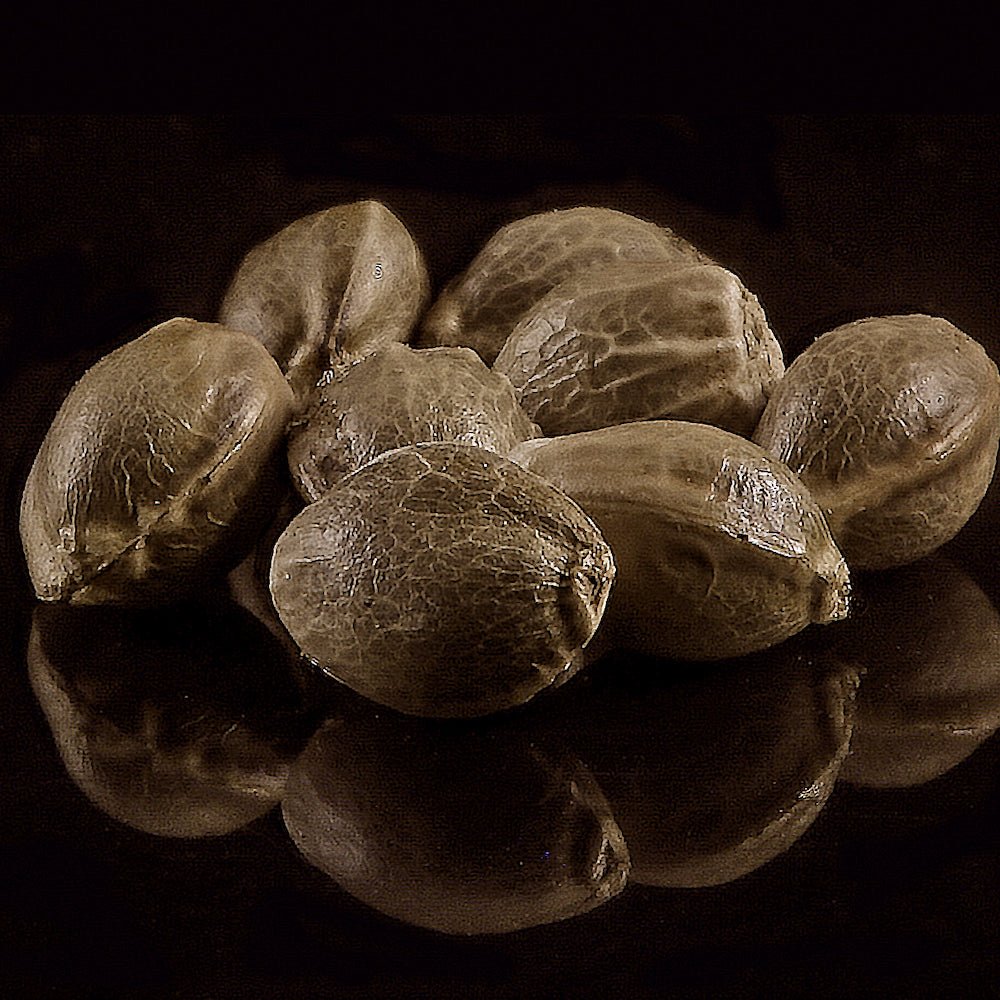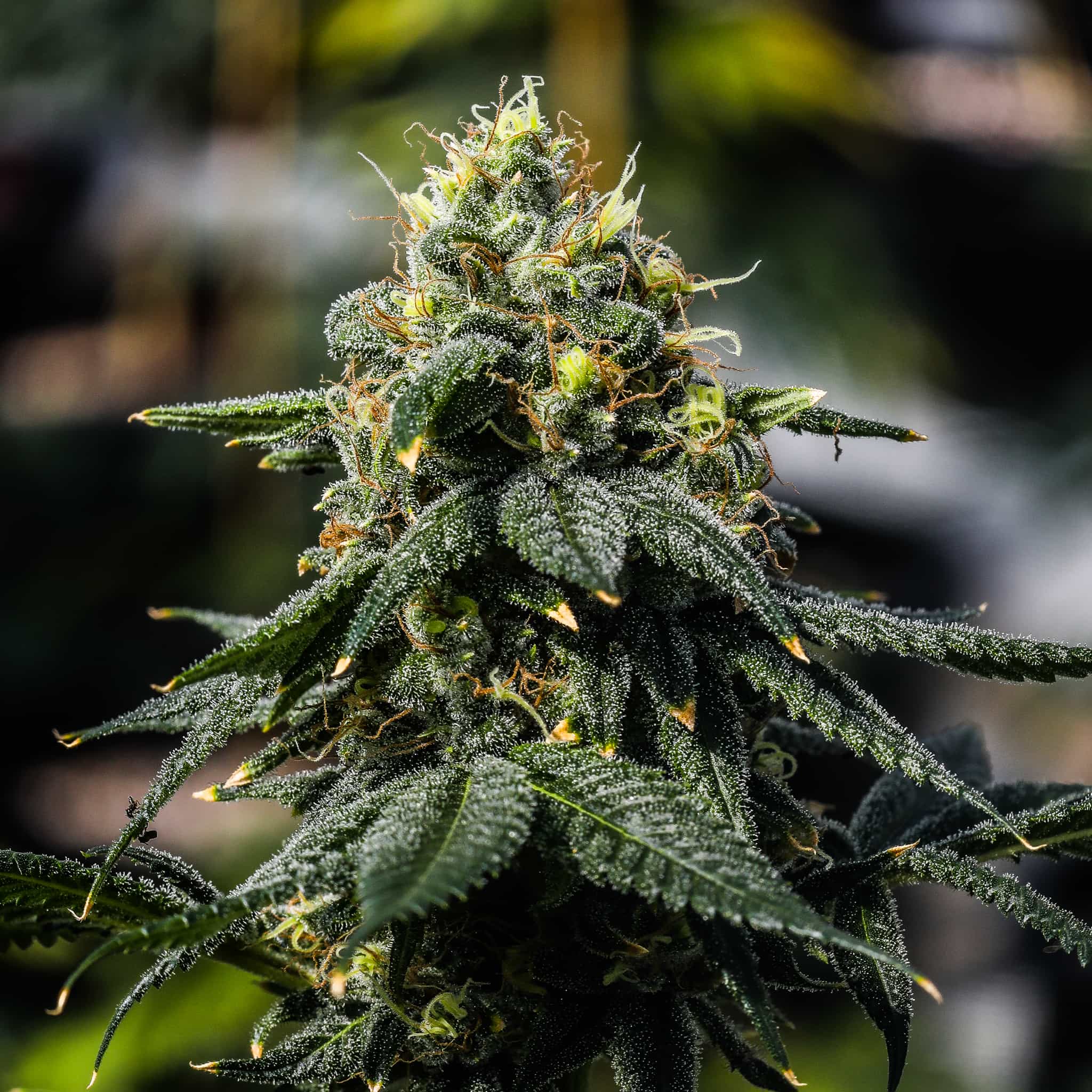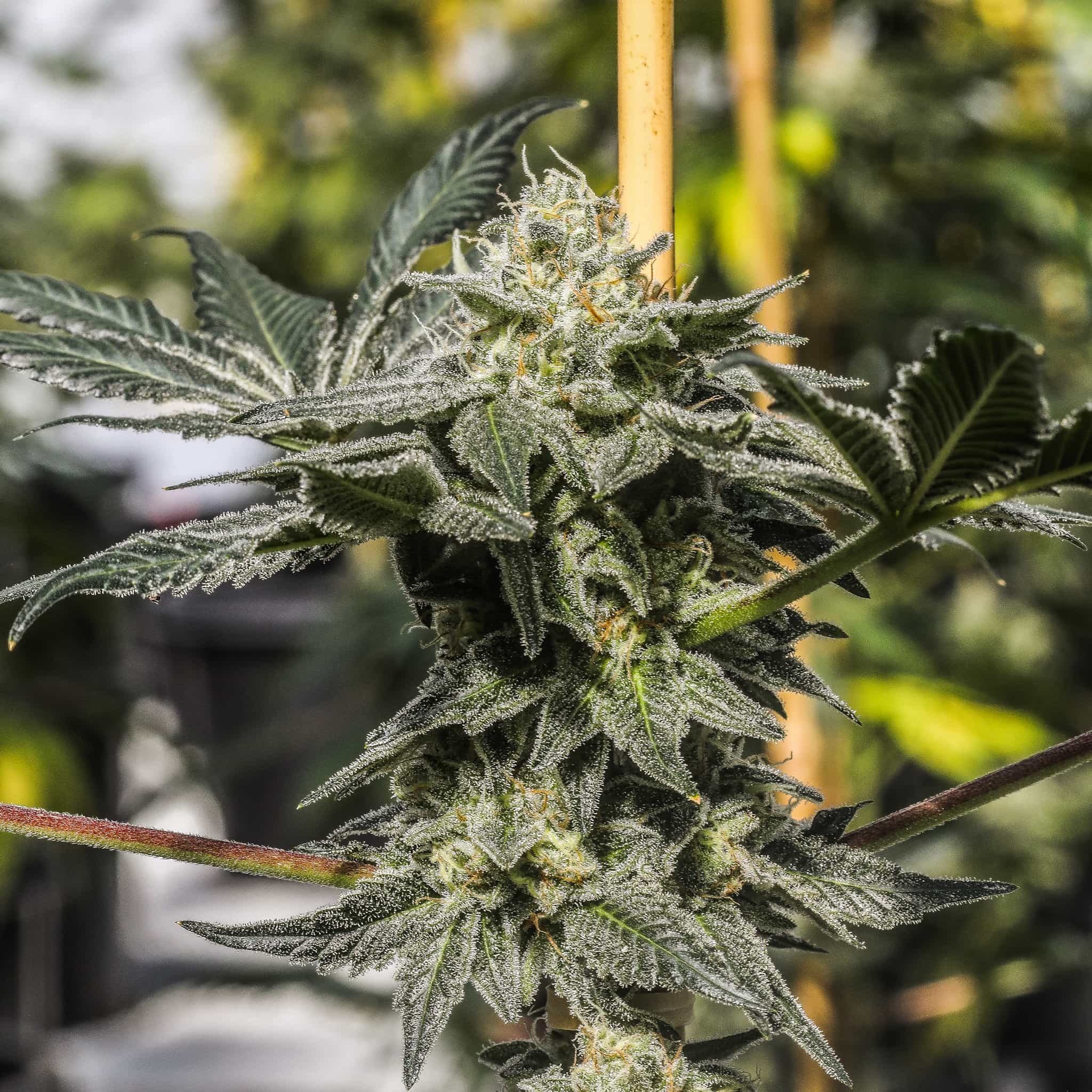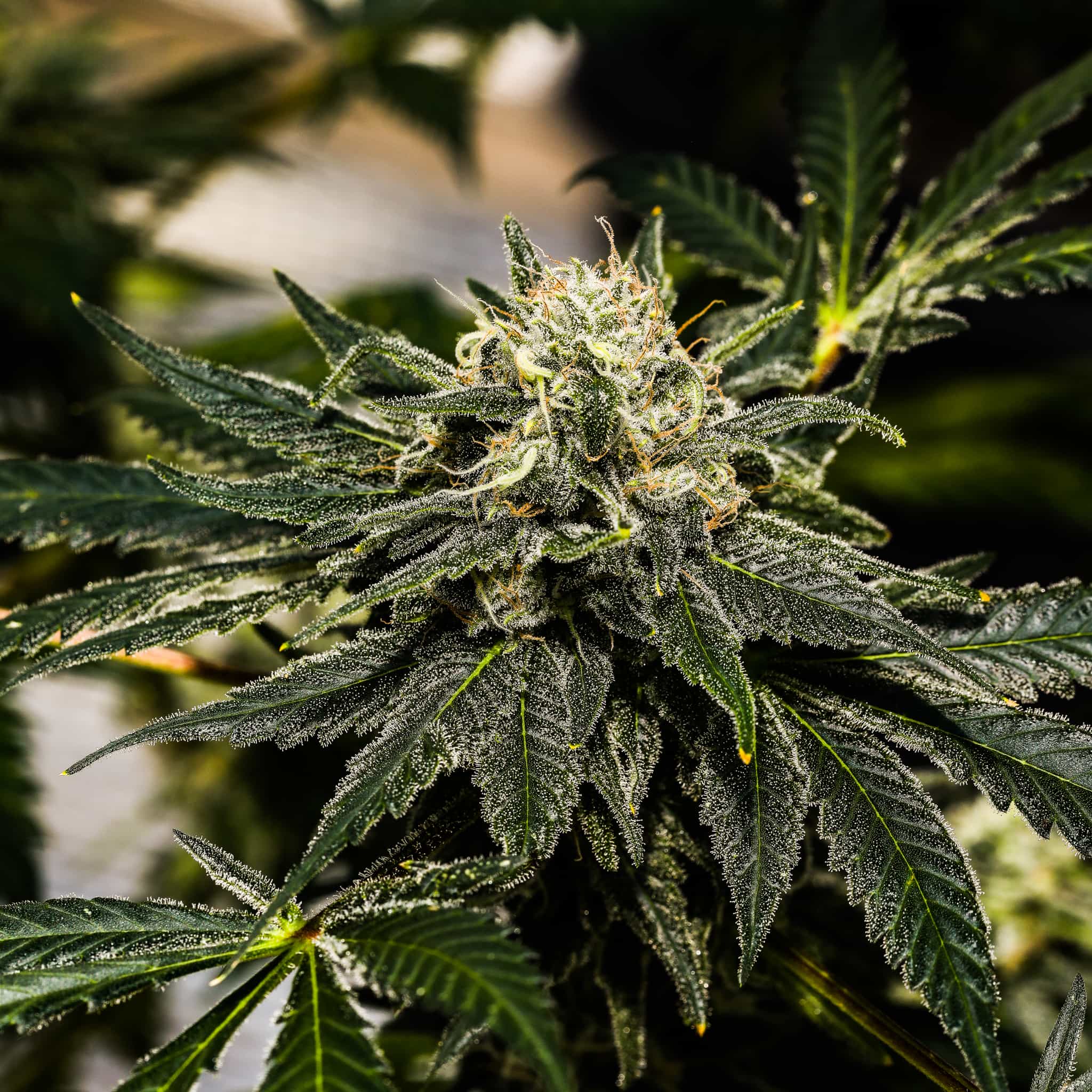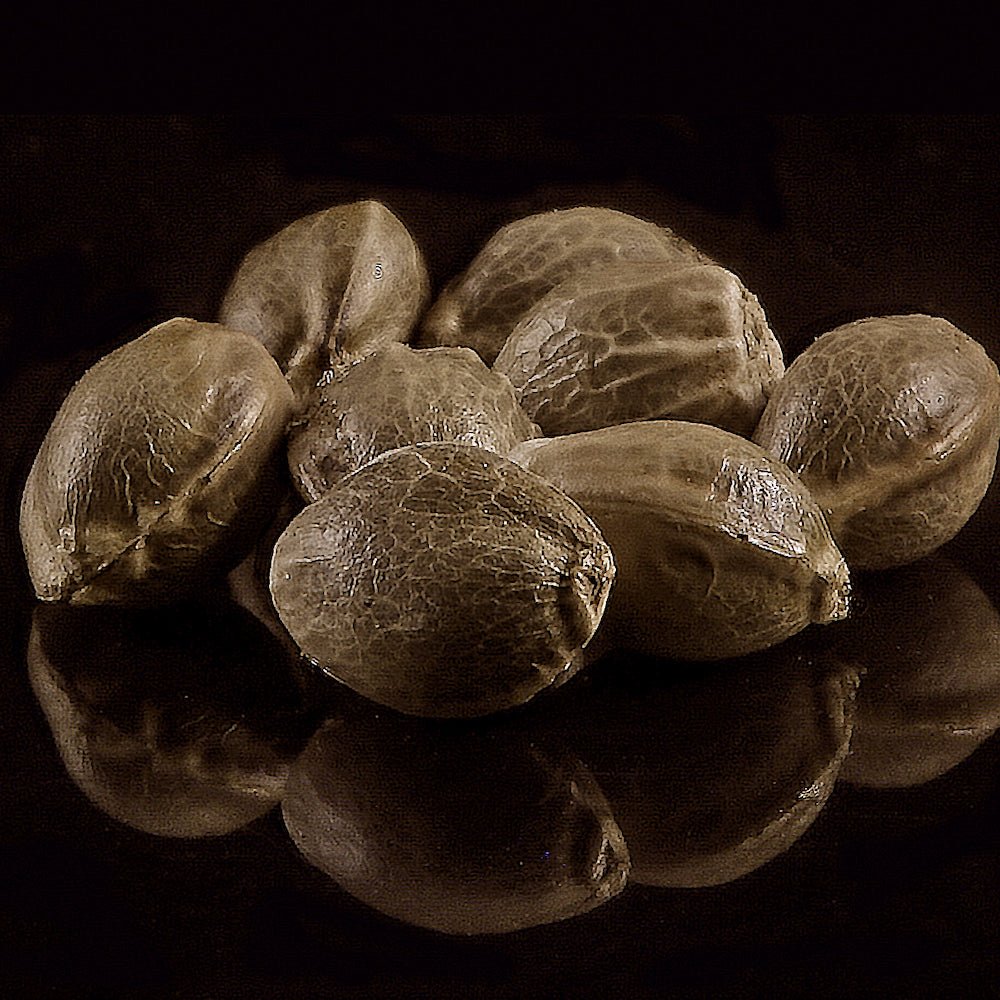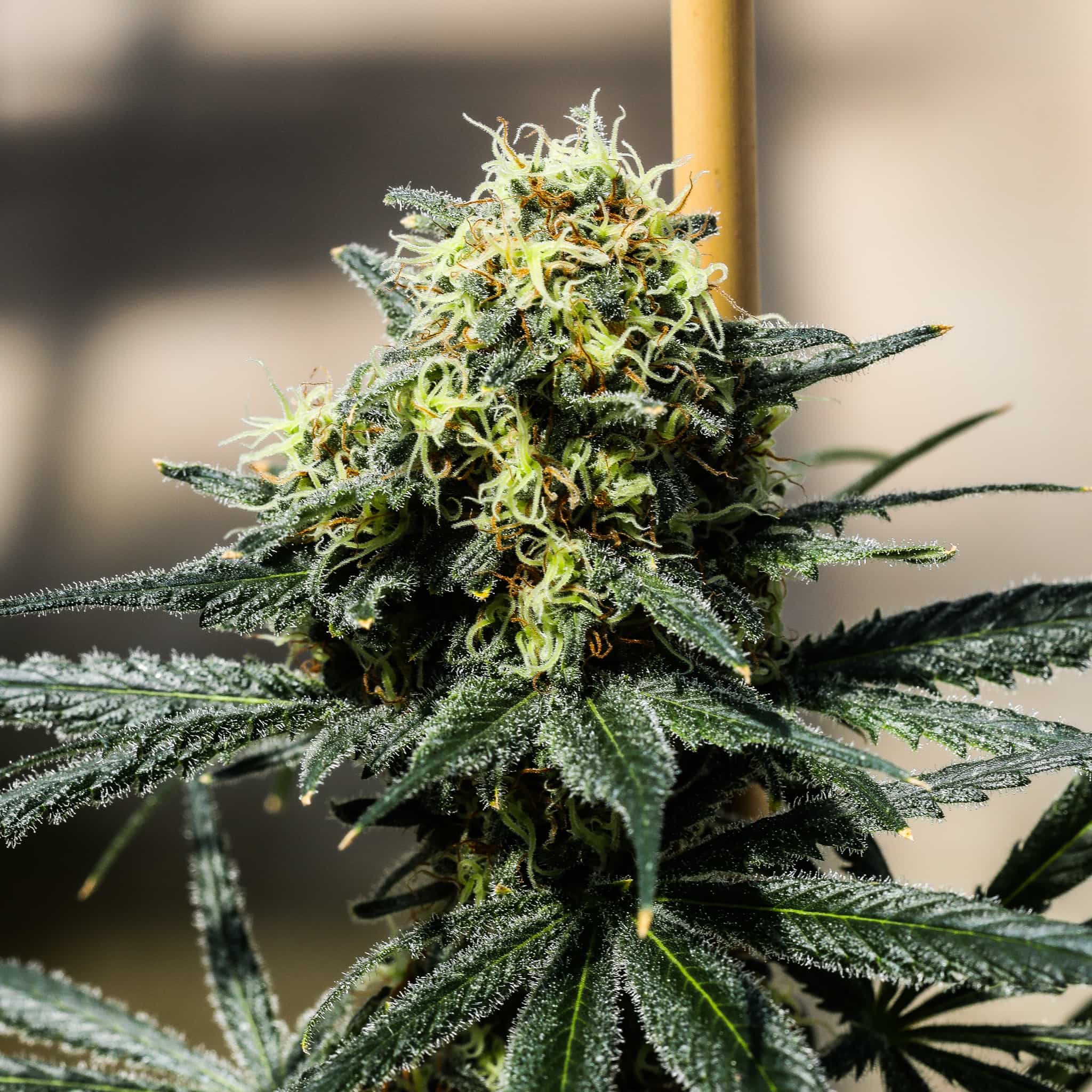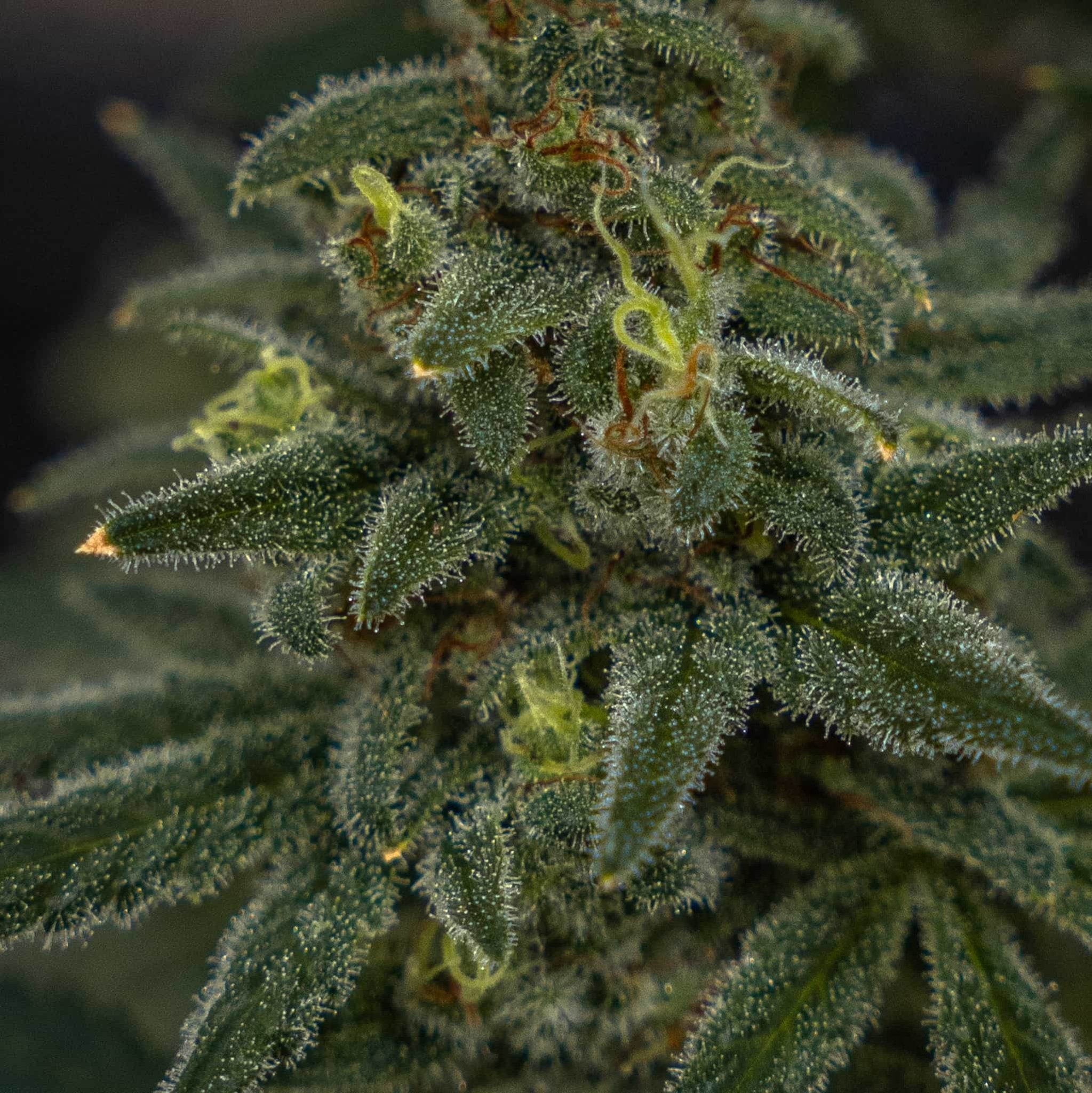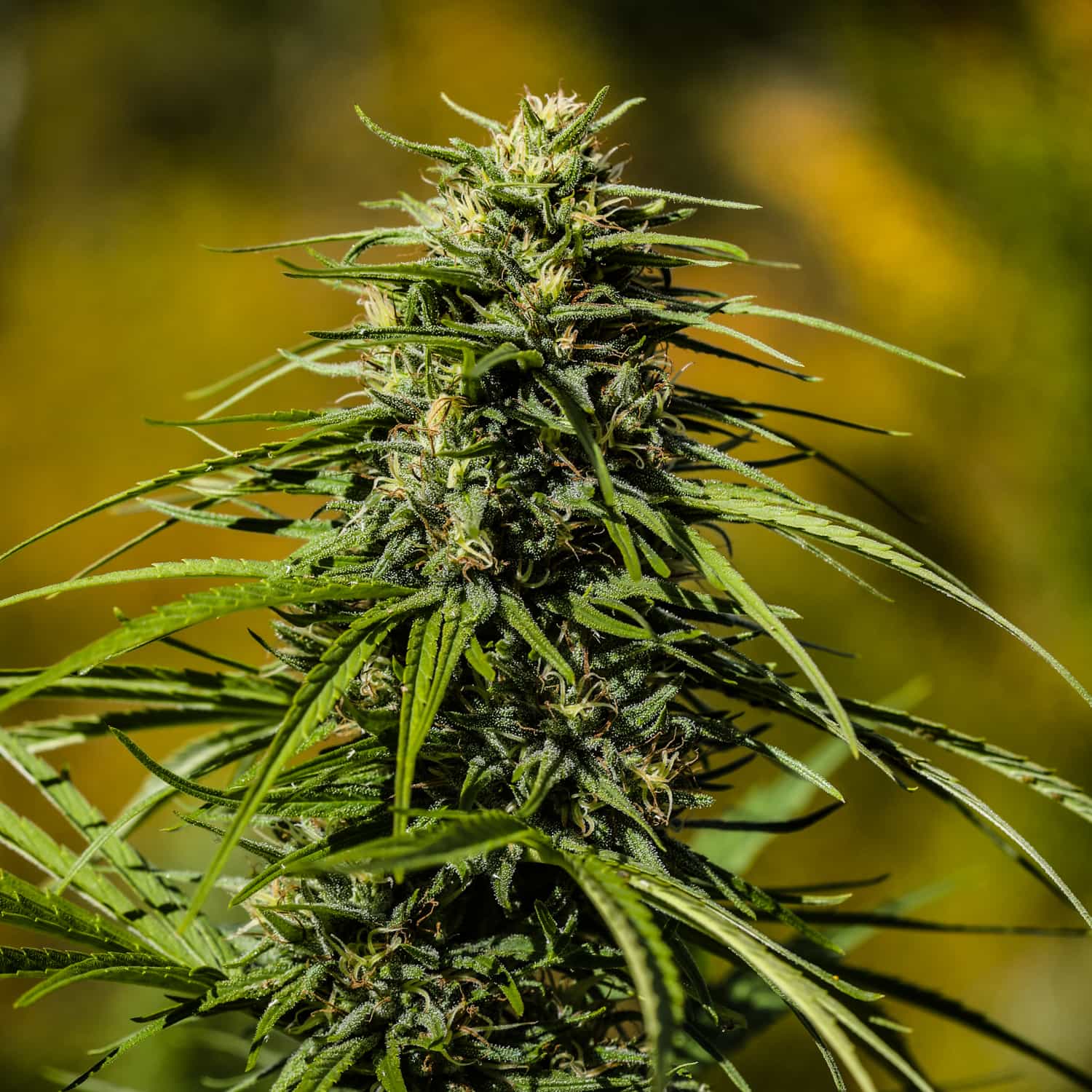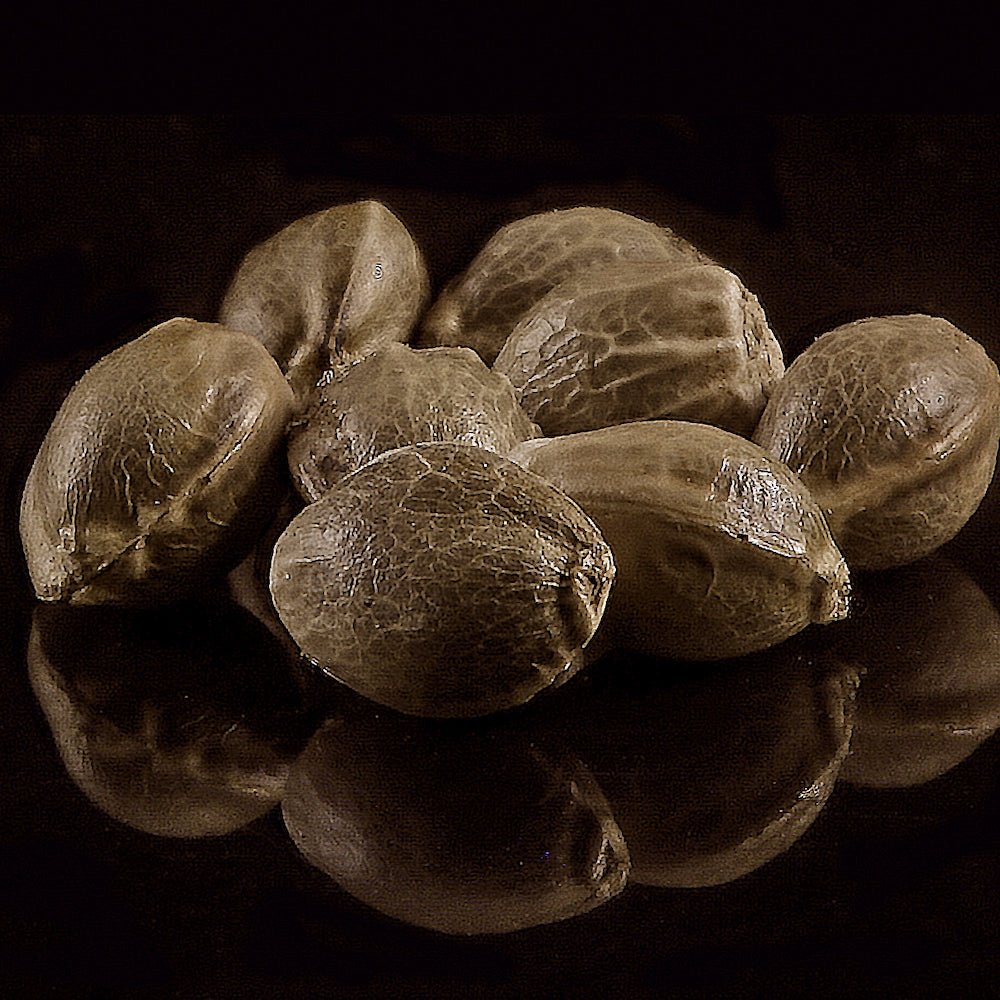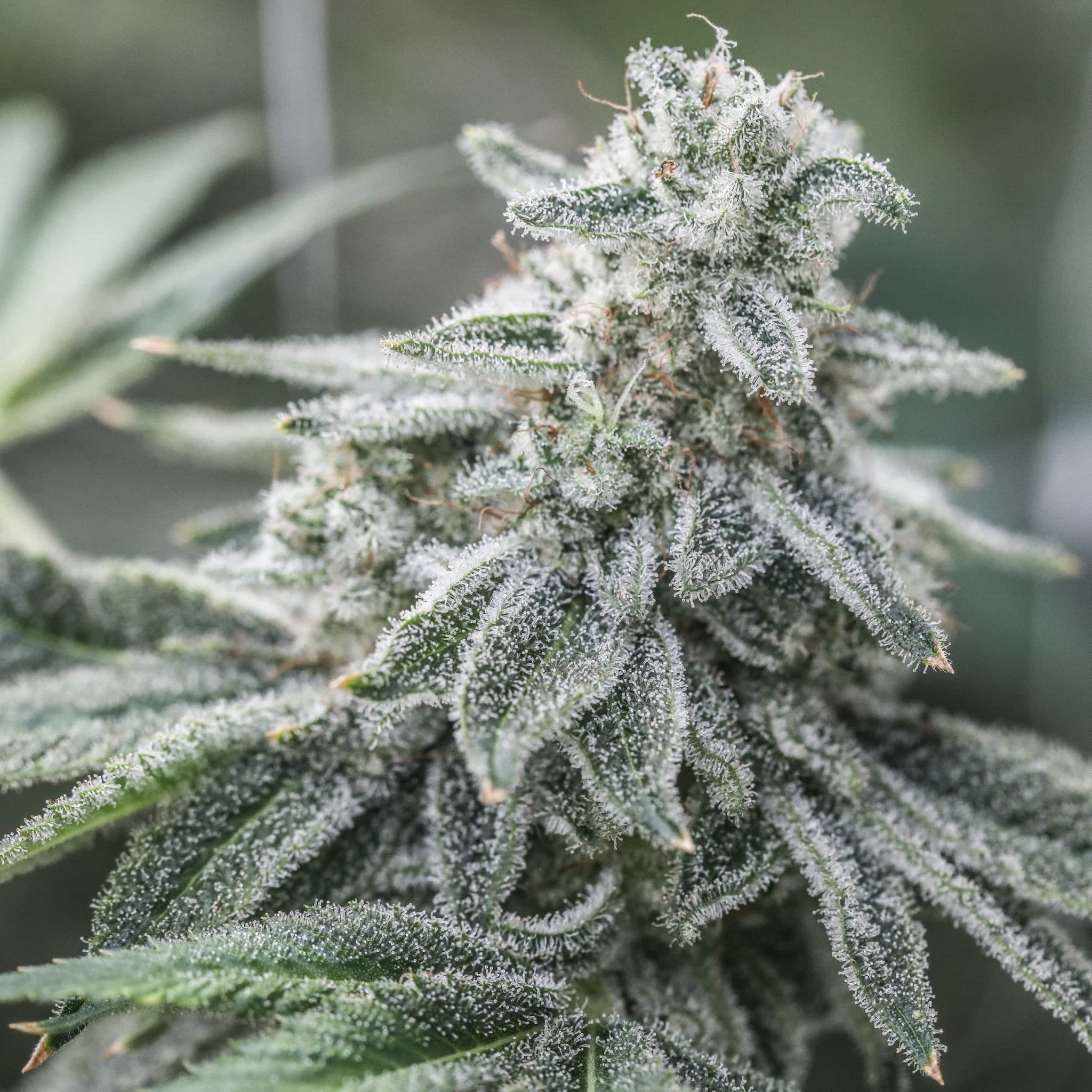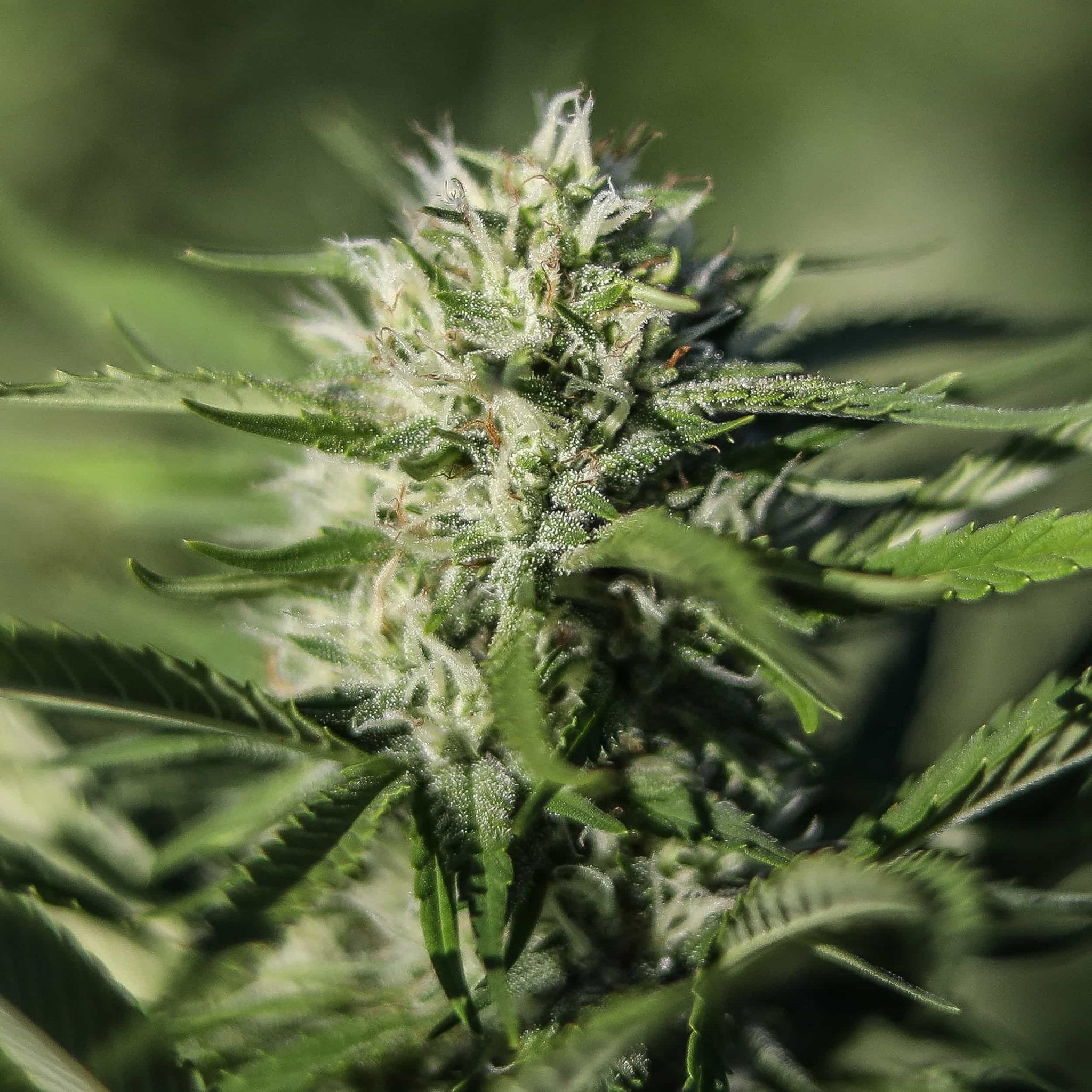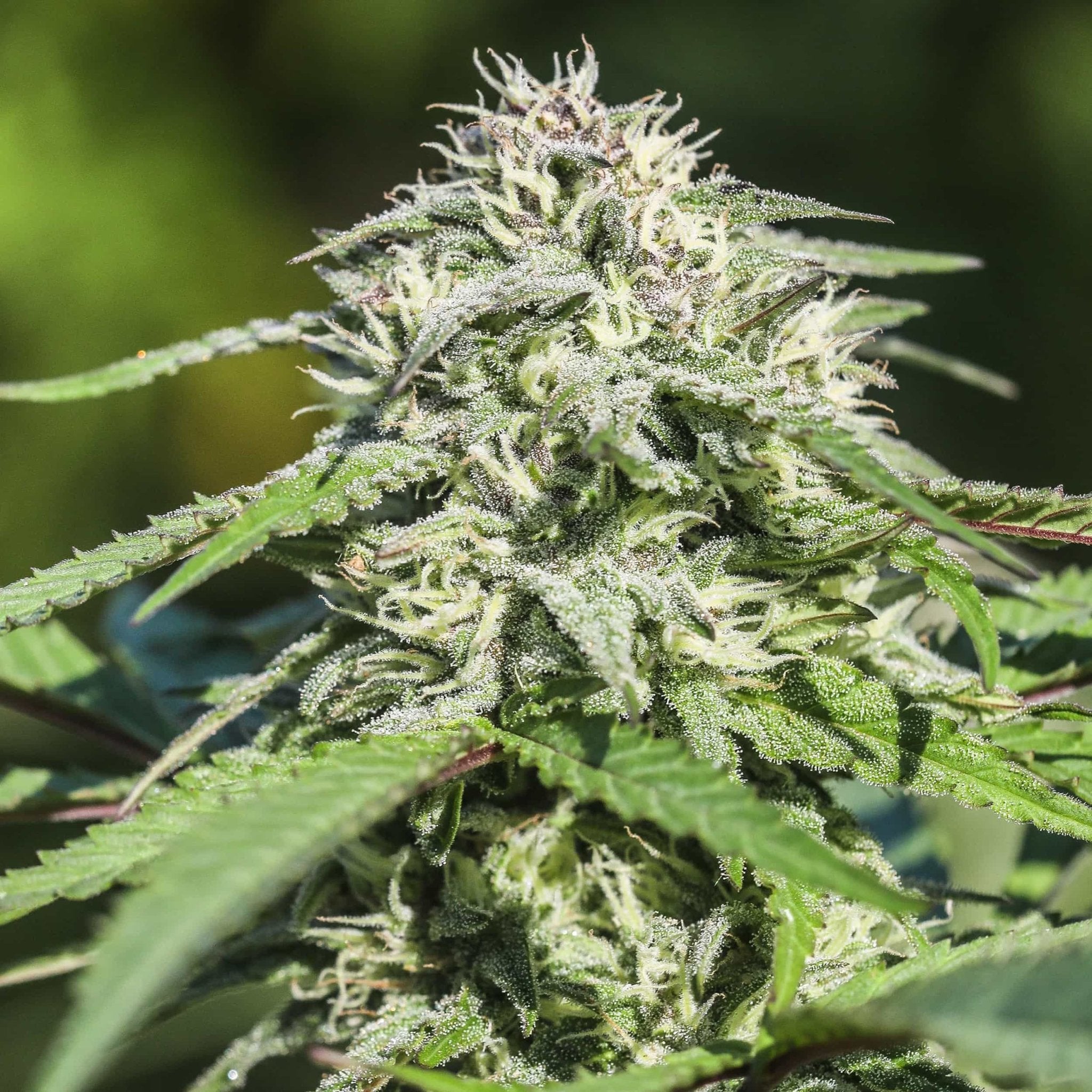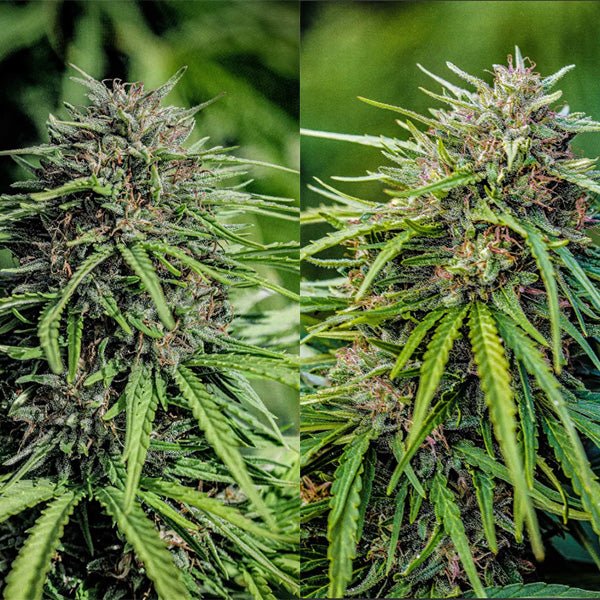Starting cannabis plants from seed is the easiest way to have a clean pest free start - but throughout the growing season, both indoors and out, there are a slew of pests and pathogens that wreak havoc on your crop. It is important as a grower or farmer to know a few of the more common issues even before putting plants in the ground, as well as how to combat them. From dealing with farmers across the globe for a decade, here is our guide to the most common cannabis diseases.
Beet Curly Top Virus

BCTV has become an important disease predominantly effecting large scale outdoor growers. The disease is spread by infected beet leaf hoppers that nibble on plants. Once infected, plants show abnormal and stunted growth with significant yield losses. The severity of the symptoms depends on when the plant is infected. The disease is widespread in arid and semi-arid zones of across the Western USA, Mediterranean, and Middle East. Creating a buffer around fields to keep out the leaf hoppers is one of the few known preventatives. Read more here.
Botrytis

Gray and brown molds caused by botrytis are among the most common pathogens to infect cannabis plants and result in significant losses. The fungus infects crops in humid, moist, and warm environments - and most damaging in temperatures between 65-75°F (18-24°C). It is spread by spores that are common in the air. There are two main species of Botrytis and most commonly seen on ripening flowers. Dense flowers and damaged plant tissues are ideal spots for infections, coupled with high humidity or excess moisture on plants. The pathogen effects both indoor and outdoor growers and choosing the right genetics for your conditions is essential. There are biologicals that can help as a preventatives but once flowers become infested it's hard to control. Read more here.
Hop Latent Viroid Disease

HLVd has shaken the cannabis industry in recent years and left growers scrambling for clean genetics. The rampant viroid is known to cause significant decreases in yields and is impossible to "cure." The infection can spread between plants very easily via contaminated tools and insects - and leads to stunted growth. Infected plants often incur higher viral loads and more severe symptoms over generations of propagation, while some remain asymptomatic. Testing needs to be done frequently to ensure viroid free plants and the best control is to cull infected plants before they enter your grow rooms. It is still not fully known if the disease can be spread via cannabis seeds. Learn more here.
Powdery Mildew

Easily identifiable by its powdery white growth on leaves and flowers, PM is an extremely common pathogen in cannabis caused by several different species of fungi. Indoor and outdoor cannabis growers generally spot the pathogen during the flowering when the highest temperature fluctuations and humidity occur growing environments. It is spread by fungal spores common in the air that need high humidity to colonize, and thrive in areas with warm temperatures, and poor circulation and air exchange. Genetics also play a signifcant role as some are far more prone and some resistant. Preventatives work best as it is difficult to control once established. Many growers favor using sulphur or biologicals prior to outbreaks. More on PM here.
Root Rot

Pythium and Phytophthora species of fungi can infect cannabis plant roots and lead to root rot. Once infected, entire plants, or sections begin to wilt or show signs of malnutrition. The actual root of the problem is over watering or poorly draining soils. Roots tips will appear brown or red in color rather than healthy white, and some infections can lead to the collar of the stem rotting. Even with corrective actions plants rarely return to normal health. These fungi are also important pathogens for seedlings and clones as they can cause "damping off." Ensuring plants/seeds are not overwatered is the biggest preventative. There are currently no products labeled for the treatment of these fungi on cannabis, but you can learn more about root rot here.
Septoria Leaf Spot

Septoria Leaf Spot is found on cannabis plants in areas of warm temperatures and moisture. The fungal disease is spread by spores that need water to be transmitted - either by water splashes or wind driven rain. It generally colonizes on the insides of plants in areas with low airflow - and moves outward. Generous plant spacing and plant pruning can help prevent colonization. More on Septoria here.


